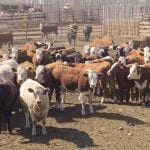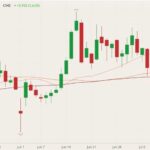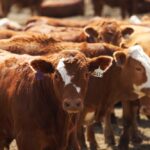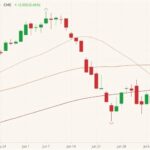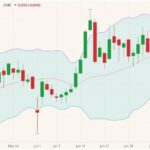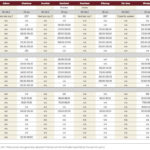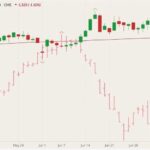Saskatchewan’s provincial crop insurance agency is raising the yield threshold at which drought-damaged crops can be grazed, baled for greenfeed or cut for silage with no penalty on future coverage. Saskatchewan Crop Insurance Corp. said Wednesday it would double the “low yield appraisal” threshold values on cereal or pulse crop acres put to feed. SCIC
